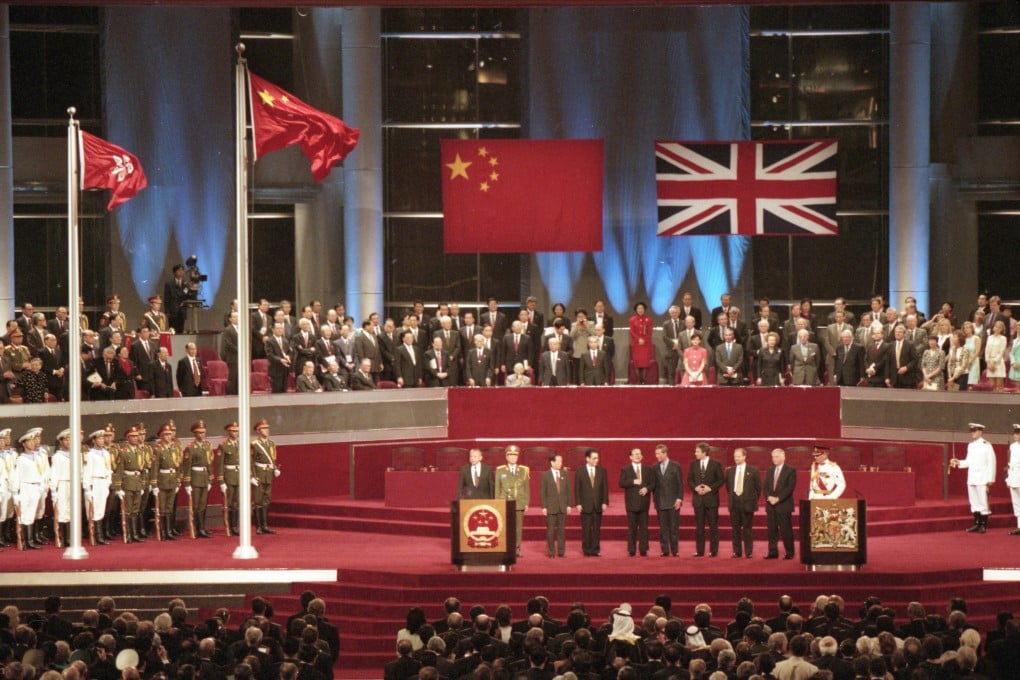Abacus | One country, two systems isn’t working. Time for a Hong Kong governor
- The governance experiment was introduced a quarter of a century ago with the best of intentions, but it has ultimately failed
- Rather than playing the blame game, isn’t it time to try a different management approach?

THE FIFTY-YEAR TRANSITION
Then cracks started to appear. Unhappiness with the direction in which the city was headed combined with lack of progress on socioeconomic issues such as housing, rising costs of living, erosion of standards of living, lack of free speech and rising wealth inequality. The result was unrest and a government crackdown on those showing their discontent.
In recent years, as every resident and international observer knows, Hong Kong has not been a happy place. And I now wonder if the original governance agreement that was devised in the early 1980s of “one country, two systems” is at fault and whether it should be considered a failed experiment. Perhaps it is time for a rethink, especially in light of how China has changed since 1997 when its economic prowess and love of capitalism had barely been seen.
